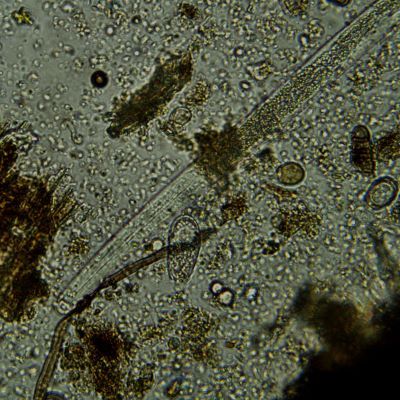Vivian Kaloxilos is offering the Living Soils Intensive, a course that digs deep into the soil and shares some of the valuable – yet nuanced – knowledge that she has acquired in a 5-week online series. Here, she discusses her background, why the course is of value, and gives a sense of what you can expect from this unique educational event!
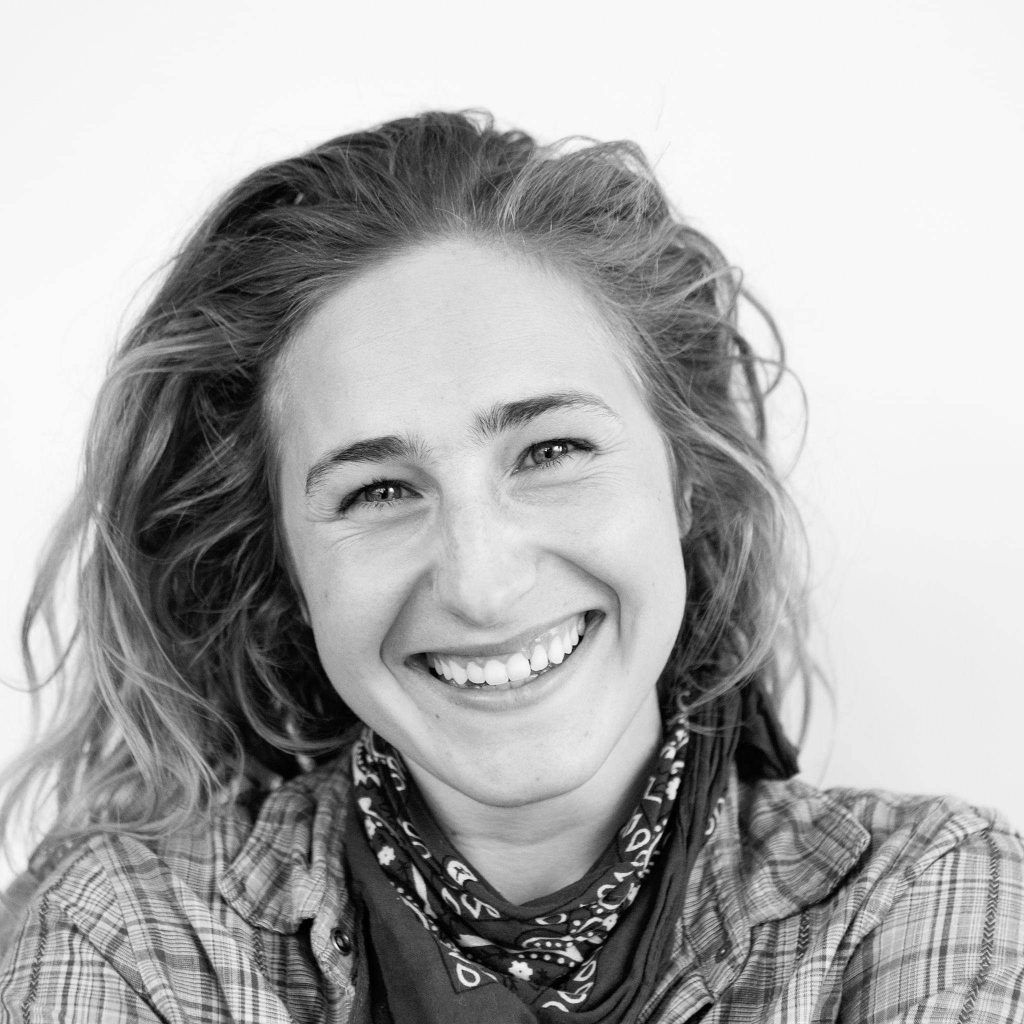
Tell us a bit about your background. What made you fall in love with soil life?
I studied at the school of environment at McGill, which felt very problem based. During that time, I discovered permaculture, a perspective that focused on solutions. I finished my degree in Panama at the Smithsonian Research Institute doing applied research in ecology, and then joined a project on land that had previously grown GMO corn and was, consequently, desertified and either cracked up and dry or flash flooding. We focused on regenerating the soil, and the ecosystem bounced back really quickly. At first there were just mosquitoes… then frogs came; then beneficial wasps and other insects; then praying mantis and garter snakes; and then butterflies and birds. It was beautiful. Today that land hosts a cooperative farm with productive, healthy fruit trees and vegetables.
During this process I met Elaine Ingham of Soil FoodWeb Inc., and studied with her. She invested hundreds of hours in me and bought me my first microscope. With this training, I mentored Elaine’s soil consultants in training all around the world for several years and in 2015 I founded Docterre because I wanted to bring this information home to Québec and Canada. I liked training consultants, but I felt that teaching land stewards and farmers to be the soil experts of their own land would be more impactful, and made more sense to me. Since then I’ve walked down the path of ecosystem regeneration with farmers.
Soil ecology helps settle the eco-anxiety: being able to see the “aha!” of all the problems that can be solved by soil ecosystem services and functions. It’s amazing to understand that something you can’t see matters so much. The only reason plants evolved onto land is because they developed microbial associations — how incredible is that?
Why is soil health and soil life a cornerstone of regenerative agriculture?
We have yet to collectively define “regenerative agriculture.” I propose that at least part of the definition involves agroecosystems that build and store more resources, richness, and diversity year after year. It’s an accumulation of nutrients, minerals, resources, and life. Only a living being can regenerate itself, that’s why living soils are taking a central role in the regenerative agriculture discussions, as a farm becomes a living system from the ground up!
The soil on planet Earth cycles nutrients and resources, purifies water, suppresses disease and pathogens, and sequesters carbon. We need a certain number and a certain diversity of living organisms in the soil in order for these services to be rendered. It’s not sand, silt or clay that does that: it’s the microbes.
You can’t have regenerative agriculture without a functioning, living soil ecosystem. Bringing our farms back to being biodiverse and functioning ecosystems — that’s the whole point.
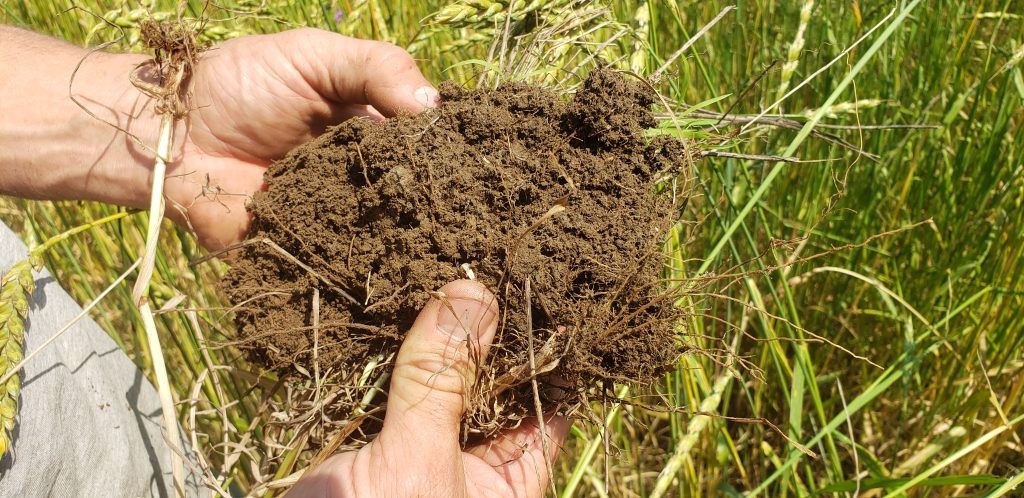
What are some examples that illustrate how learning about soil life has changed a farmer’s practices and outcomes for the better?
Being equipped with knowledge means farmers are empowered to think for themselves and do what is best for their land.
There were three large scale grain farmers in the EFAO online conference webinar “Perspectives on Living Soils,” and they each said that the most important investment they’ve made in their journey of restoration was their own education.
Brylee Farms in Quebec is an interesting case. Some farms need educational support, and some farms have been making changes and following their gut, and everyone’s been calling them crazy for doing it. Brian at Brylee has been intensive mob grazing for 30+ years based on his gut. It was very validating for him to know that he was doing something great, and that he wasn’t alone. Importantly, he’d been seeing all of these changes on his farm but not fully understanding why. Learning about living soils helped him understand the why behind the changes he’d seen over the years, which allowed him to make more detailed adjustments. Now when people question his practices, he feels empowered to explain why they work.
Jean-Francois is an example of a farmer who empowered himself with knowledge. When I got to his land, he had poor harvests and didn’t know what to do. Agronomists told him his soils were fine, but his crops were failing. He was told he must have been doing something wrong, because his soil was supposedly healthy. He was certified organic, using cover crops and doing all the things you are supposed to do. It turned out that nine years prior, on the advice of an expert, he had put paper industry byproducts on his fields to increase organic matter. This upset the soil chemistry and made it inhospitable for soil life. When I looked at his soil at a microbial level there were barely any fungi or predators. I was able to tell him that he wasn’t doing anything wrong, but that his soil life was weakened. He learned so much about soil life, what fungi do versus bacteria, what encourages fungal dominance, how to treat his seeds and plants when planting, how to make compost extract, when to do these things, and more. He started with a 10-acre trial, spraying compost extract among other things, and then jumped all in with 2000 acres. His non-organic neighbour actually saw the improvement in his crops and how much he was spraying and called EcoCert on him to investigate! Now JF is seeing his land improve every year. He’s trying out different things and can follow the impact. It’s never one solution — there is always a synergy of actions that impact soil health.
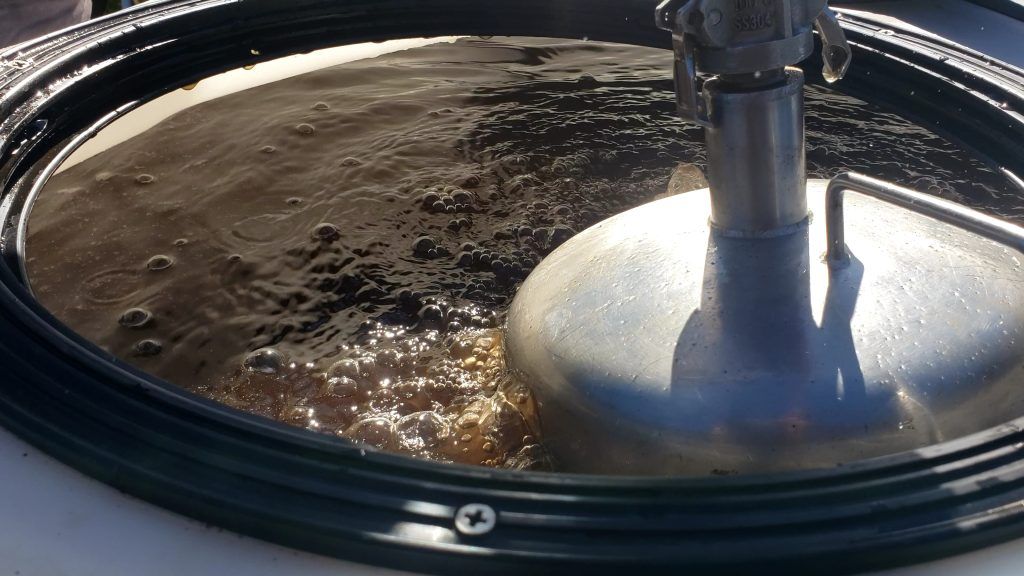
A batch of activated compost extract in progress.
What do you think folks might not know about the Living Soils course that you want them to be aware of?
We don’t say that compost tea is the one and only solution! There are people who teach this stuff who talk a lot about the science, but when it comes to practical implications they say “well, just put out microbes.” Compost extracts and teas are important — folks taking the course will learn about them and know how to make them — but teas and extracts will also be put into context with other actions that need to happen in a holistic and systemic approach. It depends on your farm and what it needs — if you’ve got all the permaculture principles in action already and just need to tweak the microbial life, perhaps compost tea will be enough. Otherwise if the only change you make is compost tea, it will help, but you won’t be creating resilient systems that gradually take responsibilities off the farmer. It will be a bandaid if you don’t have the larger systems view. This is why a lot of folks think compost tea might be snake oil: it is often pushed as the sole solution without a systems-level understanding. This layered and nuanced knowledge is what I teach in my course.
Who do you think should sign up for this course?
Everybody! But farmers are my first priority. If you’re a farmer looking to understand the “why” behind changes you’ve been seeing on your farm, this is for you — especially if you want to make more detailed adjustments that come from this understanding.
If the whole thing is a blur and you want clarity — this course is for you.
This course is for you if you want to learn how to make liquid microbials and when and how to apply them so you get success and are as efficient as possible.
It’s also for you if you want to understand why soil microbial testing is important and what it means, or if you’re interested generally in how to support more climate and disease resilience, and in understanding how carbon sequestration and water and nutrient cycling works.
If the question “Why is it that the forest doesn’t need fertilizer inputs?” really interests you and you’re looking to create thriving food ecosystems, this course is for you.
Why are you excited about the Living Soils course? How do you hope this course will benefit folks’ farming practices?
I’m excited because I love to teach and I love to meet new farms and farmers who are interested in this topic. The more of us who are able to make informed decisions for our situations, the more of us who are experimenting and sharing successes and failures, the smoother and faster this ride is going to go for all of us.
The education component is so important. It answers technical questions like, “What is the fungal:bacterial ratio, and why does that matter?” This process takes time and you need to understand the why: Why is diverse cover cropping so important, and why is compost important? Many farmers know that they are, but may not fully understand the why, and that’s really helpful for being able to make intentional, detailed adjustments over a longer time period.
In the course we collaboratively build soil regeneration plans, so that farmers feel more comfortable doing that on their own. This process helps them feel more confident, and also gives farmers access to one another so they can exchange knowledge. I like to keep folks connected afterward, as having community around soil regeneration is so important.
This course also teaches ways to know you’re going in the right direction without a microscope, and where microscopy is really important. For example, microscopy for composts is important because what’s in your compost will have a huge impact on how it’ll perform.
The course teaches farmers the practical skills they need to employ the soil foodweb information, which I call Living Soils or applied soil ecology — such as how to make compost extract and tea, how to make compost, how to increase the value of your organic material, and how to modify farm equipment for using compost extracts and tea. And we talk a lot about how to combine
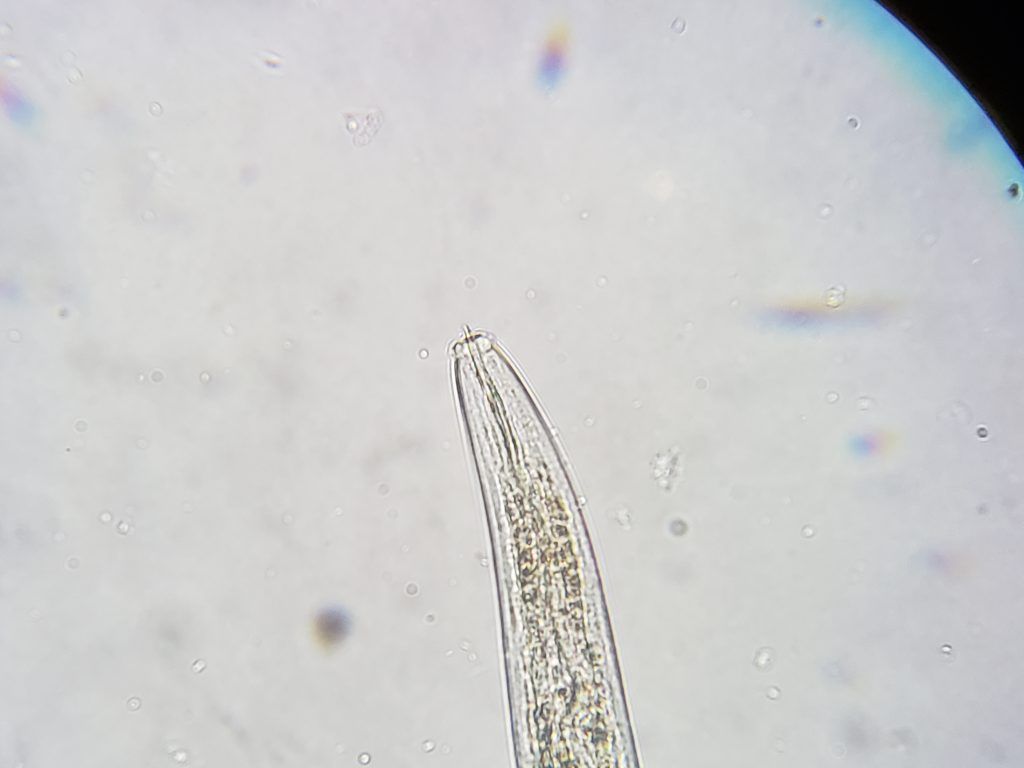
Fungal feeder nematode — motivation for those fungi to move their butts and grow!
actions from agroecological principles to better understand the larger ecosystem of your farm.
Some people want to do it all, but you can burn yourself out, so this course teaches you to build plans that evolve over time and to adust plans as you observe how the biodiversity below and above ground is responding.
Through the course you’ll also be connected to resources. For example, if you want to have a brewer, we can tell you how to build one yourself, or build it for you, or help you make choices about what to buy.
The general feedback about the course is that farmers leave feeling empowered to do what’s best for their land, equipped with the knowledge and resources to make intentional decisions that positively impact their soil health, while understanding the why behind the process.
What’s one piece of advice you want to give farmers to support a thriving soil ecosystem this spring?
This is where we get technical, and it’s a bit hard to answer because the best time to work on soil life is actually in the autumn!
If in the spring you have the opportunity to increase the diversity of plants that are in your management, and can transplant using mycorrhizal fungi and compost extract, you will have a huge impact spreading that mycorrhizae. A seed coat when you seed would help kick it up a notch!

